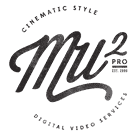Lens Comparison
We decided to do this anamorphic lens comparison not as a “lens shoot out” but to see the differences between different sets. There is no single “best” Anamorphic lens. Everyone has their taste when it comes to lenses. My brother and I own a production company in Miami, FL and we’re a Director/DP team. Three of the lens sets in this comparison are part of our equipment inventory, as well as both cameras used in the comparison. Apart from the lenses we own, we have also used each lens set except for the Angenieux zoom in our commercial projects. MU2 is mainly a production company but we also manage a camera and lens rental house and take pride in owning some of the rarest anamorphic lenses in South FL. We also just love shooting anamorphic. One of the most frequent questions we get is, “What’s the difference between the Anamorphics you have and how do they look on each camera?” We decided to do this comparison so our clients can see for themselves.

The two most popular cameras for shooting Anamorphic that are currently on the market are the Arri Alexa with 4:3 sensor and the RED Camera. We decided to use those cameras for this comparison. We used both cameras because Anamorphic lenses will look different on each due to their sensor size. The RED camera will have a noticeable amount of cropping into the lens. The Alexa, which uses a 4:3 sensor, will not crop the lens so you will get the benefits of the full lens. This is due to the Alexa in 4:3 mode having a taller sensor. Anamorphic, being more of a 4:3 image before the squeeze, requires more height in a sensor rather the more width.
Our Mistakes?
Framing was not 100 percent accurate for each focal length but you can still see the differences in the cropping between the cameras. Due to our white balance and the flashlight not matching the lights we were using, the flares came out very blue. We would also like to note that the lens flares using the Kowa Anamorphic Lenses are noticeably more warmer in reality, which is not shown in this comparison. Also, the Hawk V-Lite’s were filmed on a different day and the model decided to change her hair color between shoots. On the RED camera some shots could be a little soft due to human error on the wide lenses so don’t read to much into that, you can see focus on the Alexa to judge if you need to.
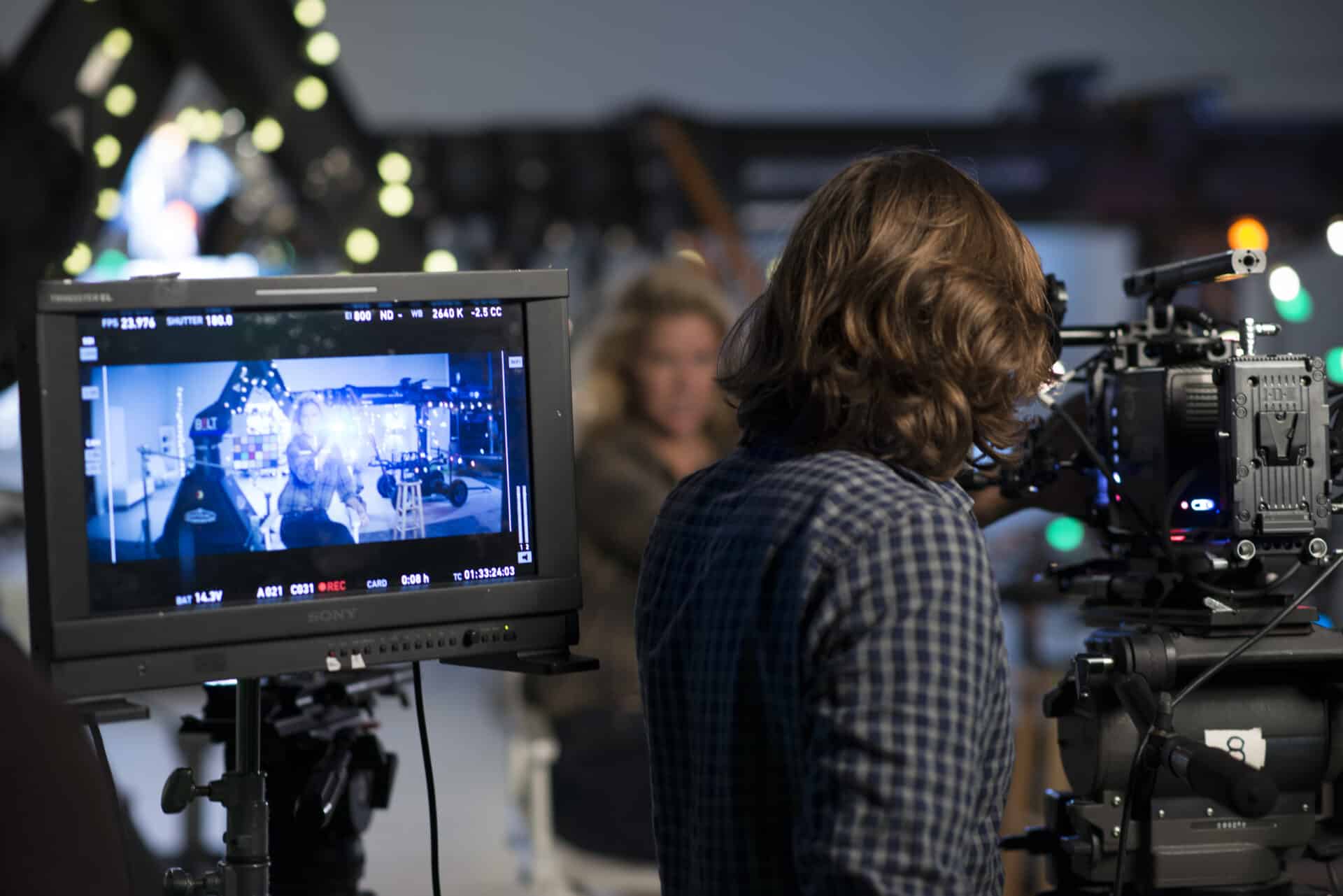
The Specs?
This is not meant to be a camera evaluation. The only reason we used two cameras is to show the difference in how the two cameras will crop, so you can better plan shots for your productions. No color correction was done and we used a quick simple white balance on a white board so don’t look too much into the color of things. All these lenses are capable of having great color before and after color correction. Obviously some are lower in contrast than others which will affect color, which is part of the Anamorphic look, but can always be changed with color correction. This comparison was done so you can see the characteristics of the lenses. Also, 800 ISO on the Alexa is about the same brightness as 1600 ISO on the RED so instead of changing the lights around we kept everything the same and just changed the ISO on the RED to match the levels on the Alexa. We didn’t want to change the shutter speed as it would have affected the motion part of the test.
ALEXA VIDEO
CLICK FULL SCREEN – FOR BEST VIEWING
Alexa Specs:
Camera: Alexa Mini
Codec: ProRes 4444
Color Output: Log C
Resolution: 2944 x 2160 (2880 x 2160)
ISO: 800 (Optimo @1600 ISO)
Shutter: 180
FPS: 23.976
T-Stop: 2.8
LUT: Arri Standard LogC to Rec.709
Image Cropped to: 2.35
RED CAMERA VIDEO
CLICK FULL SCREEN – FOR BEST VIEWING
RED Weapon Specs:
Camera: RED Weapon Carbon Fiber
Codec: .R3D
Redcode: 7:1
Capture Resolution: 3792 x 3160
ISO: 1600 (optimo @ 3200 ISO)
Shutter: 180
FPS: 23.976
T-Stop: 2.8
Color space: REDWideGamutRGB
Gamma: Log3g10
LUT: Rec.709
Our Comparisons
We wanted to make it simple so we did 4 shots per focal length.
Shot 1: straight shot no movement (look at bokeh, focus, top and bottom de focus, bowing)
Shot 2: Side to side pan (look at: edge sharpness, light fall off, and distortions associated with motion)
Shot 3: Rack focus
Shot 4: Flares
The Anamorphic Look
The “classic” Anamorphic look could be characterized as producing a 2.40 ratio image after de-squeeze
The “classic” Anamorphic look could be characterized as:
- producing a 2.40 ratio image after de-squeeze
- focus fall off/defocused on the edges
- sometimes less contrast
- stretched oval “bokeh”
- shallower depth of field due to using longer focal lengths to match spherical counterparts framing
- horizontally stretched flares
- more highlight rolloff
- lens breathing
- outward bowing distortion
Many of these properties can be minimized or eliminated all together if you stop down on the lens, but why would we ever want to do that. 🙂
Many people love and hate the properties of these lenses. What we are seeing now is a new breed of Anamorphic, which are slowly losing these amazing Anamorphic properties and making them something of the past. Our opinion on some of these newer Anamorphic lenses is they are taking away what everyone loves about shooting Anamorphic.
focus fall off/defocused on the edges
sometimes less contrast
stretched oval “bokeh”
shallower depth of field due to using longer focal lengths to match spherical counterparts framing
horizontally stretched flares
more highlight rolloff
lens breathing
outward bowing distortion
Many of these properties can be minimized or stopped all together when stopping down the lens, but why would we ever want to do that. 🙂
Many people love and hate these amazing properties these lenses give. What we are seeing now is a new breed of Anamorphic, which are slowly losing these amazing Anamorphic properties and making them something of the past. Our opinion on some of these newer Anamorphic lenses is they are taking away what everyone loves about shooting Anamorphic.
The lens and our thoughts
Note: because most of these lenses are so old, it’s hard to get exact information on them and many reports are conflicting. This is our best estimation from speaking to many people and learning about the lenses. Also something to note, all vintage lenses are not all the same due to their age; and if you’re renting from different places the look could vary due to poor care and maintenance. All lenses in this comparison are at their top working condition and have been completely overhauled by top technicians. No scratches, no fungus, and no cleaning marks. The glass is pristine through every set. If you’re renting/buying a good set these are the same results you should experience.
To keep this article from going on for 50 pages we only picked out a couple focal lengths to focus on per set in the article but every focal length and set can be seen in the video.
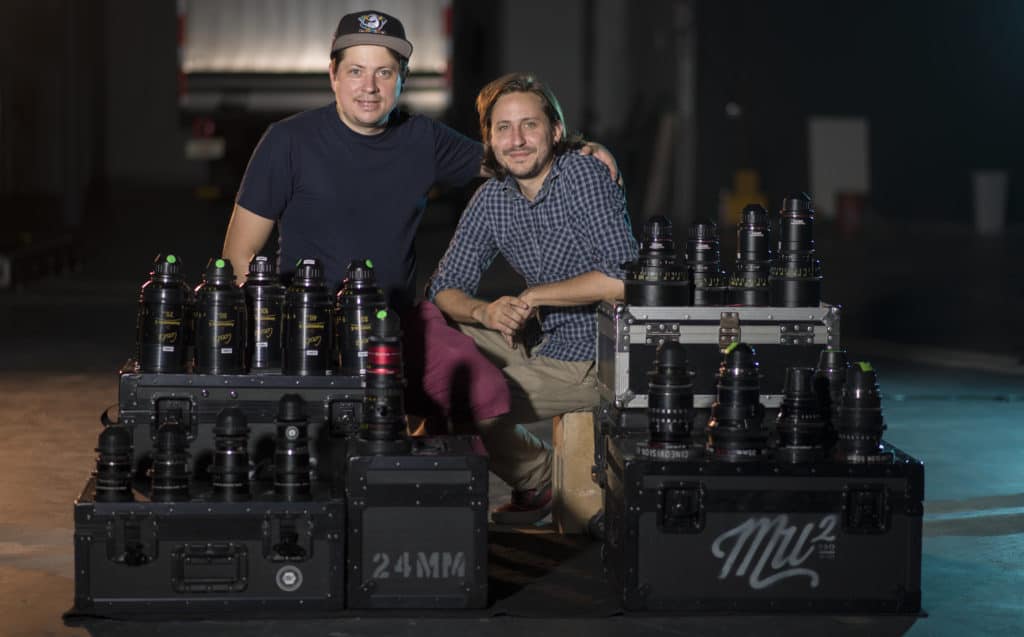
Cineovision / JDC
24mm T1.4
35mm T1.4
40mm T1.6
50mm T1.4
85mm T1.6
Cineovision, JDC, and XTAL lenses were all made from the same design and then branded differently with different housings. Depending on the spherical portion of the lens they all had the same optical prescription. They are all comprised of Japanese glass in the front. On the back end the spherical part of the lenses were made from either Canon K35, Zeiss Standard, Zeiss Super Speeds, Cooke Panchro’s, Canon FD, or Olympus.
The set we used is made from Zeiss Super Speeds. The exceptions to this are the 24mm, which is made from Canon FD, and the 40mm, which is made from Olympus. That being said, they all match and have the same overall look. The Anamorphic element is in the front and they are 2x squeeze and the lens barrel extends out as it’s focused. These lenses have a wide range of weight, with only the 24mm and 35mm requiring support. The 40mm and 50mm are very small and compact.
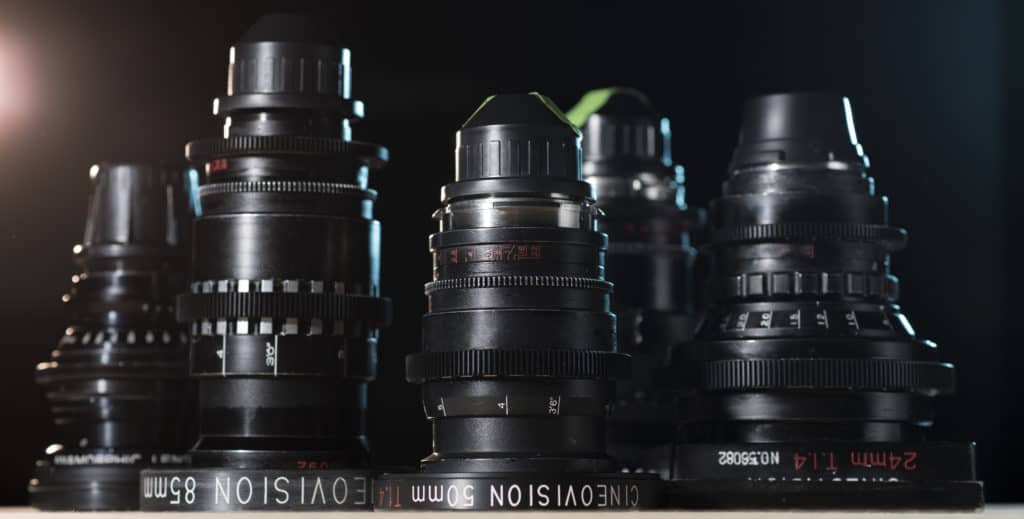
What you’ll see:
Super stretched, oval, “bokeh” with a unique look. Low contrast. Very easy to flare with strong horizontal blue flares. Focus fall off/defocus on the edges (a little more on the right and left side of the 35mm). Outward bowing on the wider lenses. There’s also a good amount of breathing when rack focusing. When shooting wide open the picture is soft focused but after T2.0 you’re good to go. After T2.8 the picture is super sharp. Good, correct 2x squeeze across all lenses.
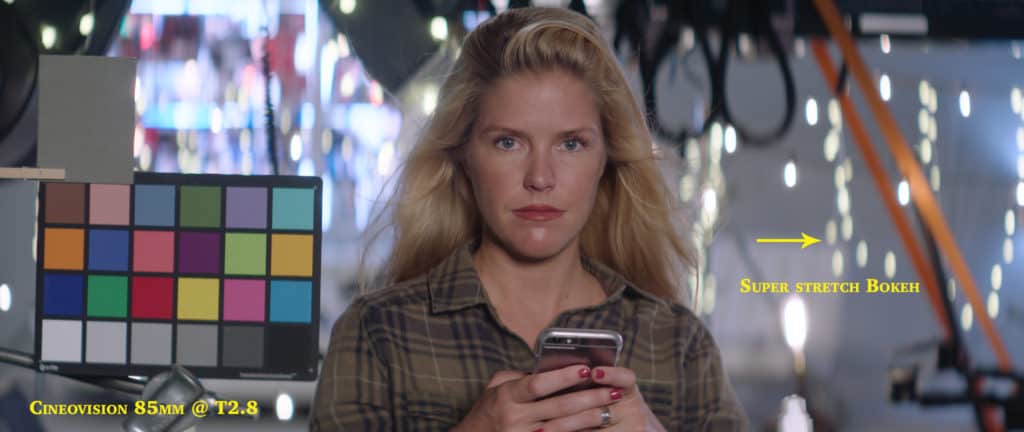
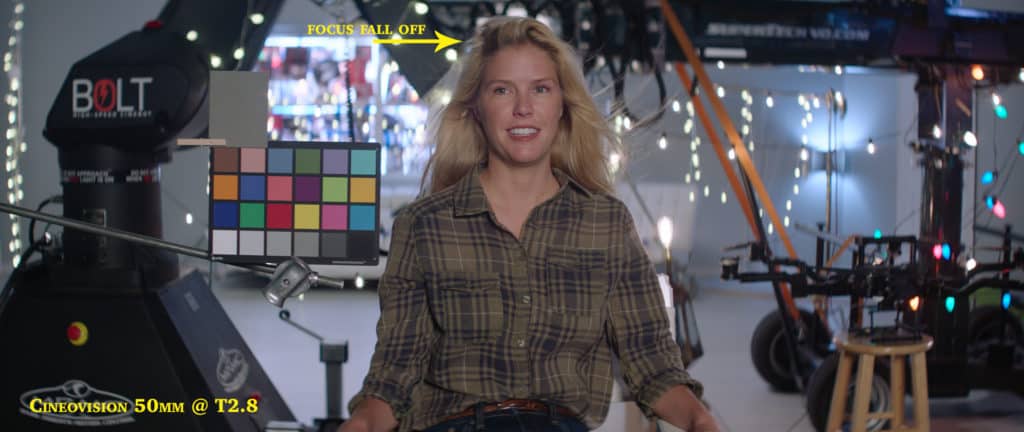
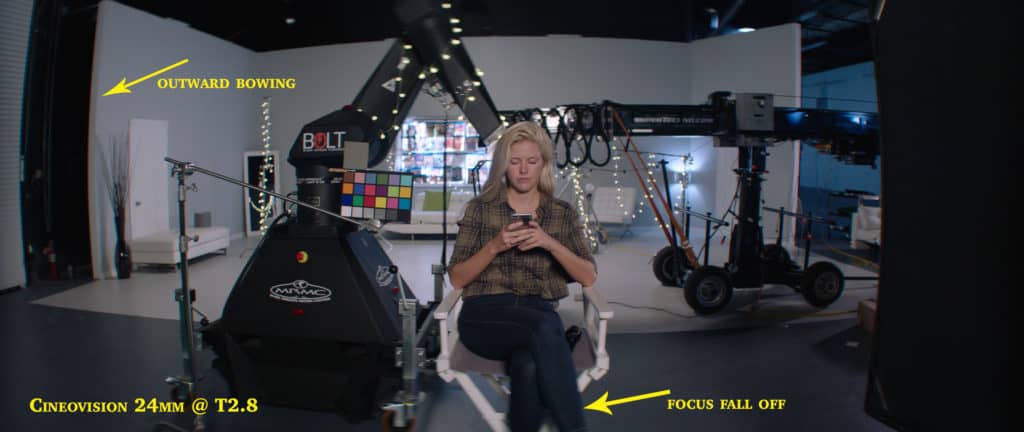
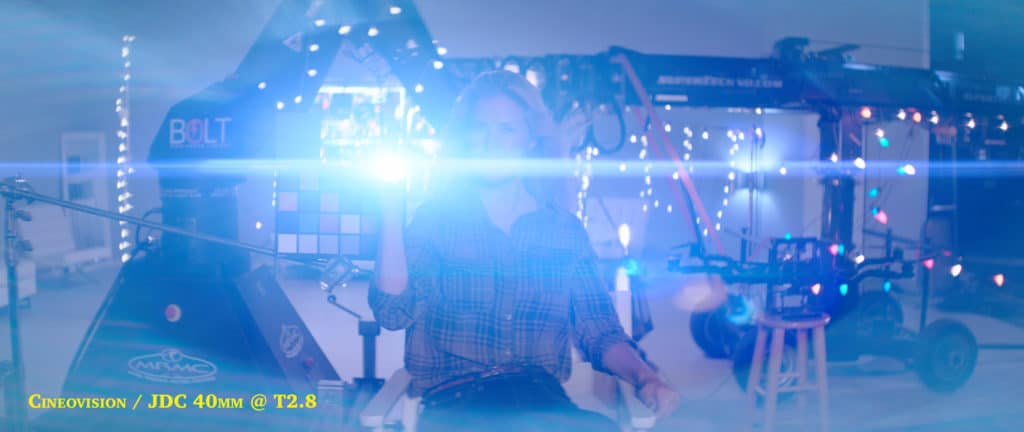
Our impression:
Great set of lenses to give a very impressionistic Anamorphic look with every single “classic” Anamorphic look checked off. Sharp yet soft in the right places, renders faces very beautifully, flares very easily; be careful! The bokeh can get extremely shallow. Lens barrel moves when focusing but a clip on matte box works well.
Angenieux Optimo Anamorphic Zoom
30-72mm As2 T4 (focal lengths used: 35mm, 50mm, 72mm)
This is one of the new breeds of Anamorphic’s being made. It has the Anamorphic element in the back of the lens. It’s made in France with a slow T4 stop. A very lightweight Anamorphic zoom, which is very rare for Anamorphic zooms. 2x squeeze, amazing mechanics, and a long focus throw.
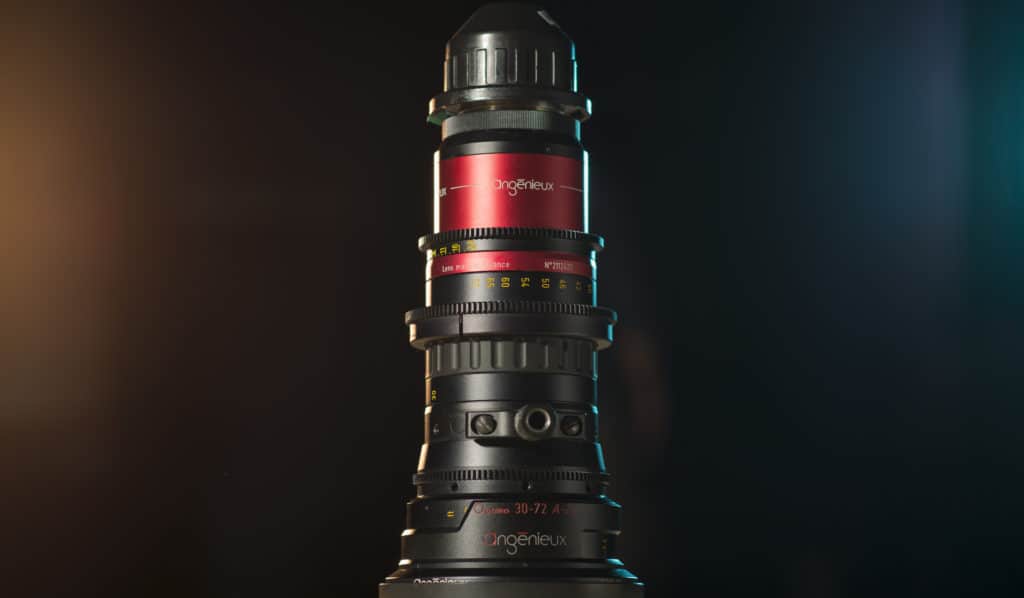
What you’ll see:
Very sharp across the zoom range when wide open. High contrast. Little to no flare. Inward pincushion bowing at all focal lengths. Absolutely no Anamorphic oval “bokeh”. The lens seems to lose a bit of light on the edges and there’s no breathing when focusing.
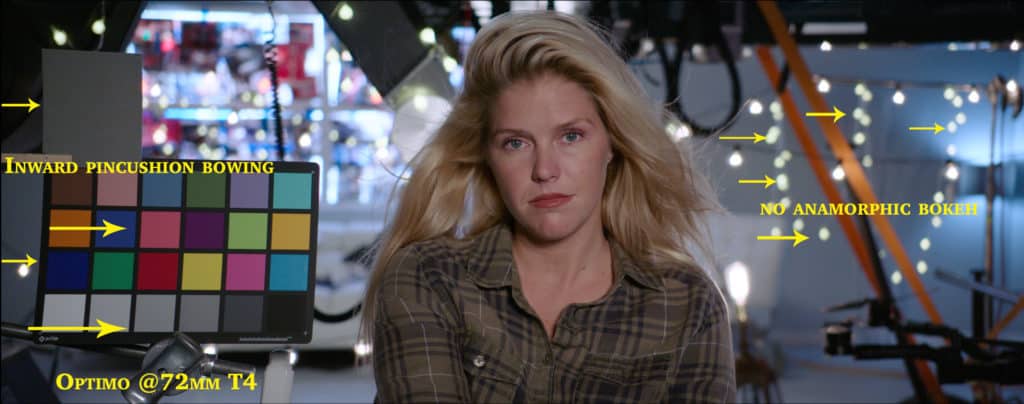
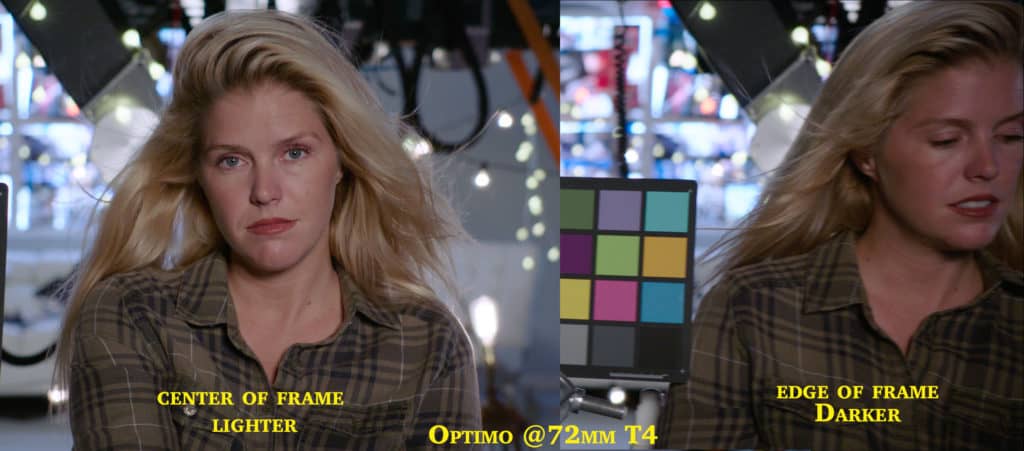
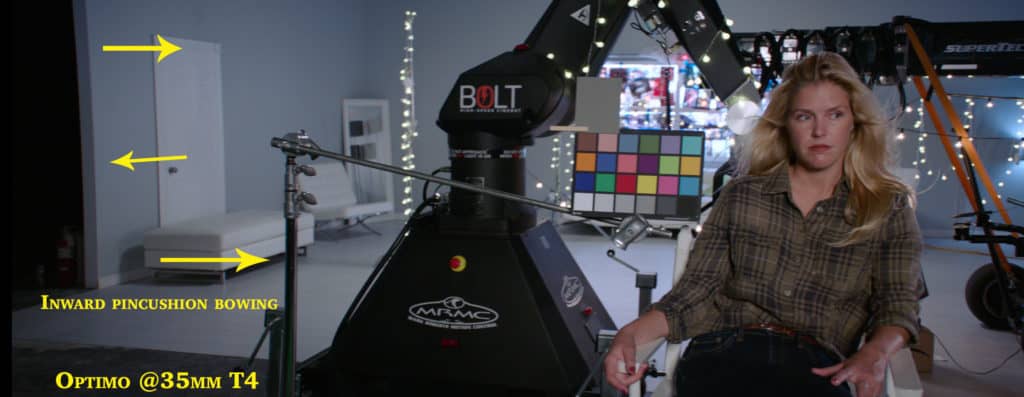
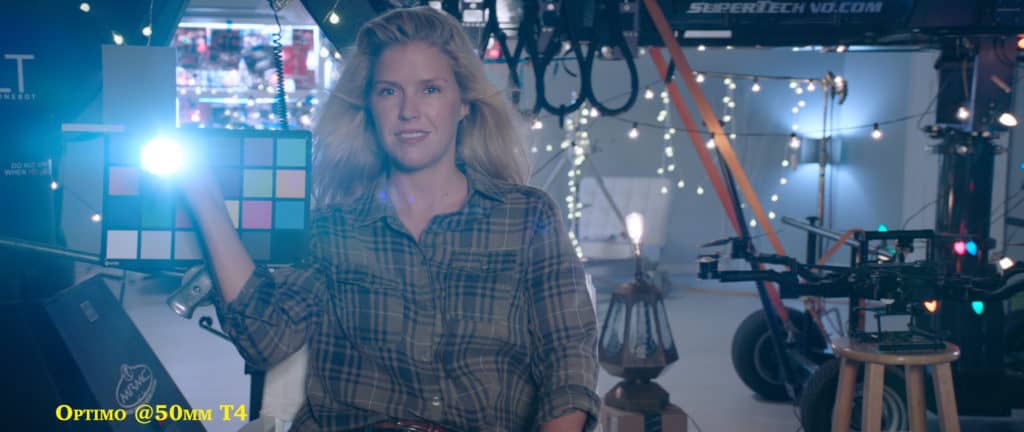
What you’ll see:
Very sharp across the zoom range when wide open. High contrast. Little to no flare. Inward pincushion bowing at all focal lengths. Absolutely no Anamorphic oval “bokeh”. The lens seems to lose a bit of light on the edges and there’s no breathing when focusing.
Kowa Prominar Anamorphic 35 BS
32mm T2.3 (with wide angle adapter .8)
40mm T2.3,
50mm T2.3,
75mm T2.8,
100mm T2.8
Kowa Anamorphic lenses were made in Japan around the 1960’s and 70’s. They are made out of Kowa sphericals. They are some of the lightest Anamorphics on the market with the weight ranging from 2-3 pounds. The focus throw on the lenses can be rather short. Anamorphic element in the front and 2x squeeze.
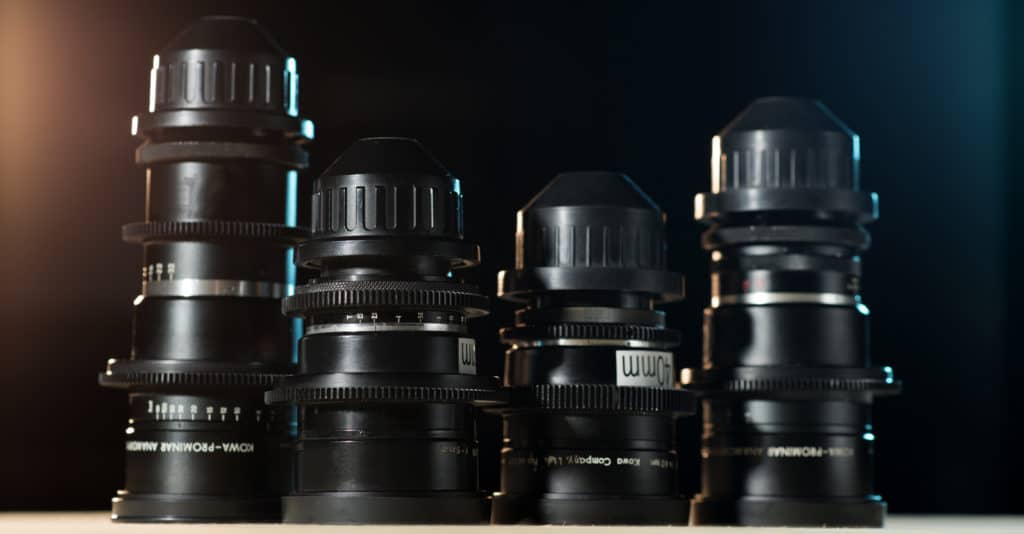
What you’ll see:
Warm lens before white balance with good warm horizontal flares. Sharp when wide open. Stretched oval “bokeh”. Low contrast. Focus fall off/defocus on the edges, and good amount of breathing when rack focusing. The 32mm and 40mm exhibit quite a bit of distortion on the left and right sides of the lens when you move it from side to side, as if the image is getting scrunched. The 2x squeeze is not perfect on all focal lengths. Faces look smooth. Outward bowing on the 32mm & 40mm lenses.
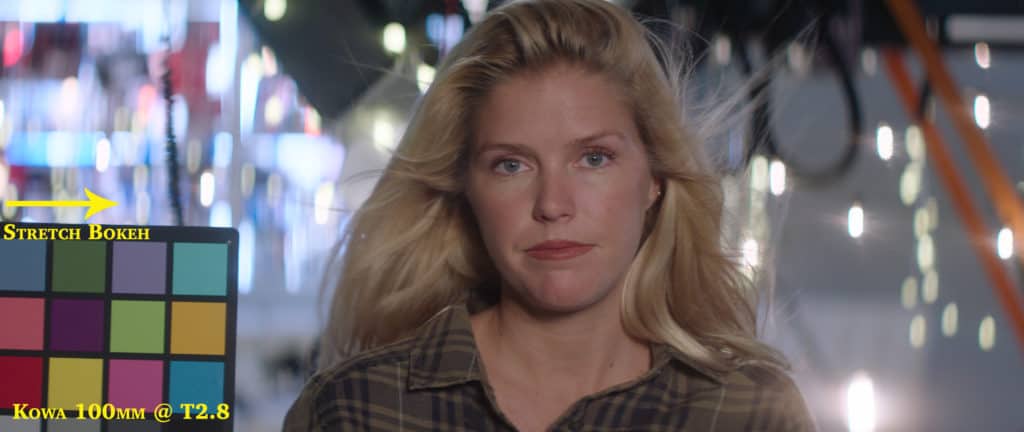
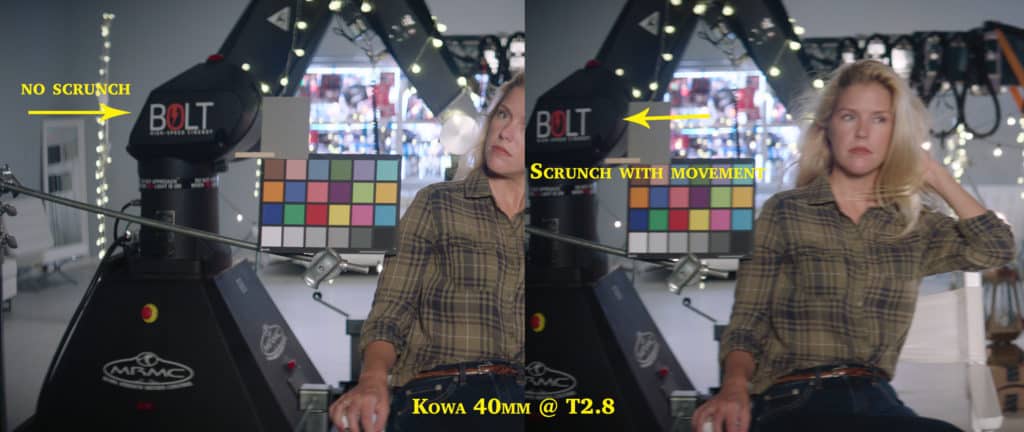
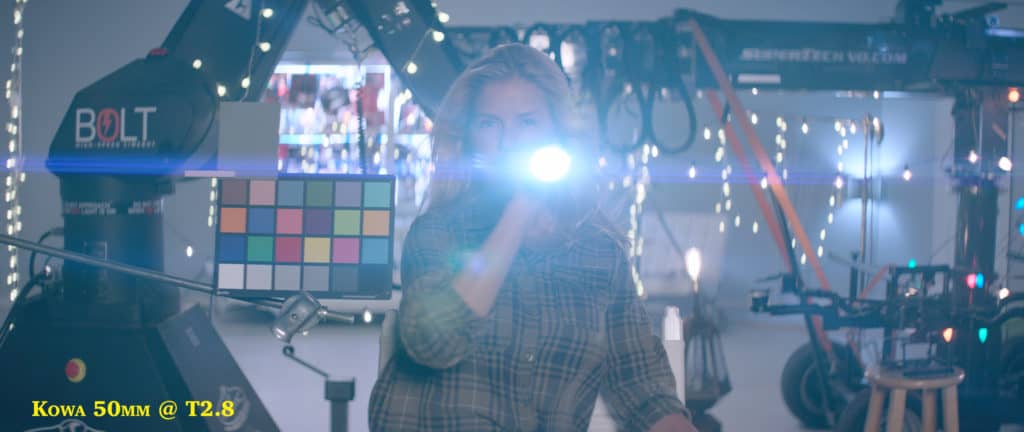
Our impression:
Beautiful “bokeh” and skin looks very smooth and pleasing. Lenses give a nice warm feeling and they are so small and compact that all the focal length can be used on a Freefly Movi and it won’t kill your Steady Cam operator. We do think the squeezing of the sides on the 40mm is strange and we tend to shy away from that lens when there is a lot of panning involved. But as you can see on the RED camera portion, because of the crop the camera gives you, you don’t see an much of that as with the Alexa 4:3.
Cooke Anamorphic /i
32mm T2.3
40mm T2.3
50mm T2.3
75mm T2.3
100mm T2.3
Cooke Anamorphics are made in England and are modern Anamorphics. The Anamorphic element is in the front. The mechanics are amazing, as with all Cooke lenses, with long focus throw. These lenses include “i” technology which gives the camera lens distance, aperture, and depth of field readings. These lenses are a bit heavy at 6-7 pounds but don’t require support on the ones we used. These are very modern Anamorphics.
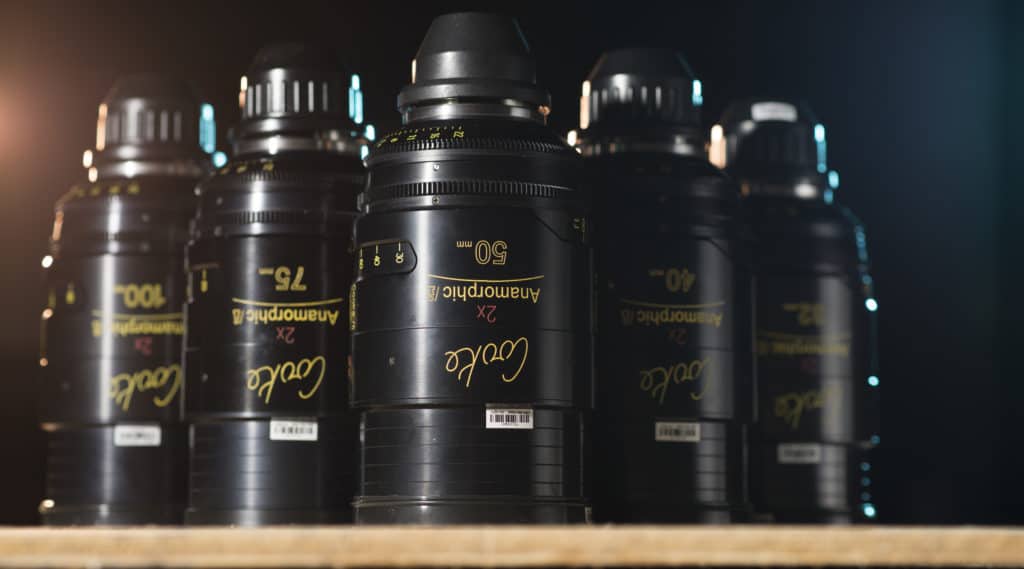
What you’ll see:
Sharp lenses wide open and a good amount of contrast like with their spherical counterparts. Focus fall off/defocus on edges. Good amount of breathing when rack focusing, No Anamorphic horizontal flare. “Bokeh” is not always oval and is not constant through each focal length and some times looked square rather the oval; it’s stretched, but not always the “classic” Anamorphic “bokeh”, depending on focal length and distance. Strange pincushioning/inward bowing on the wide focal lengths all the way up to the 50mm.
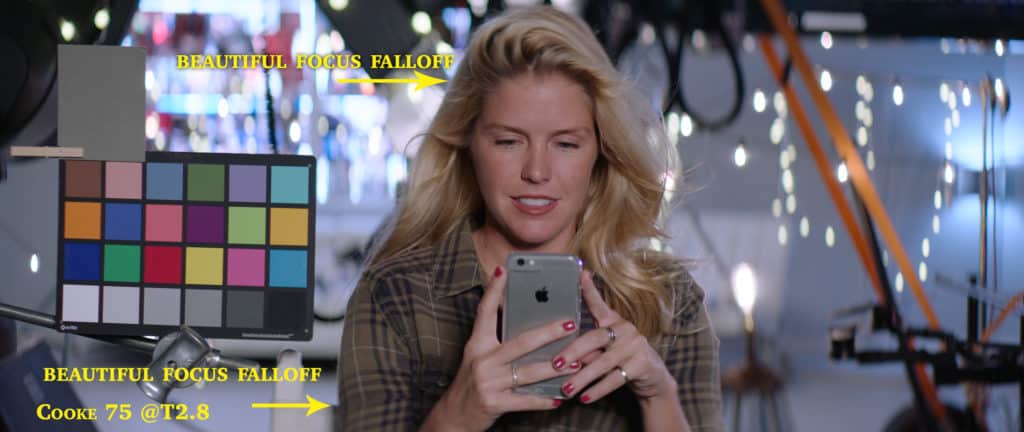
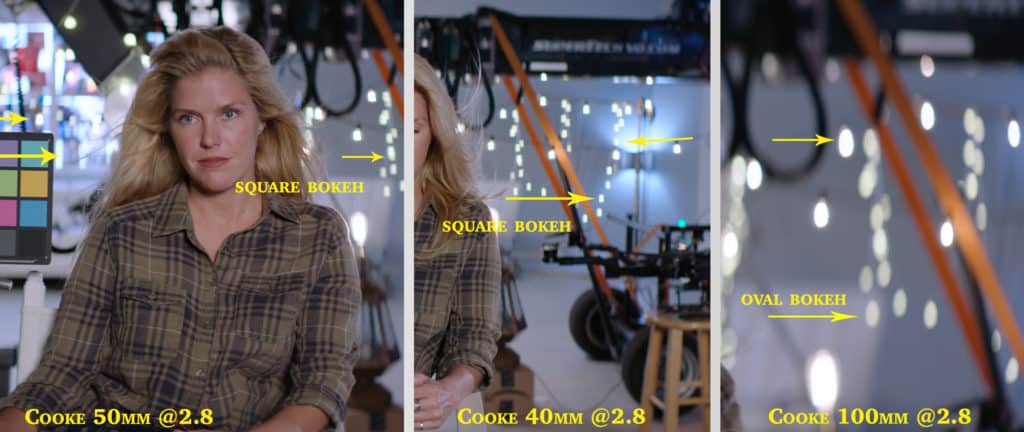
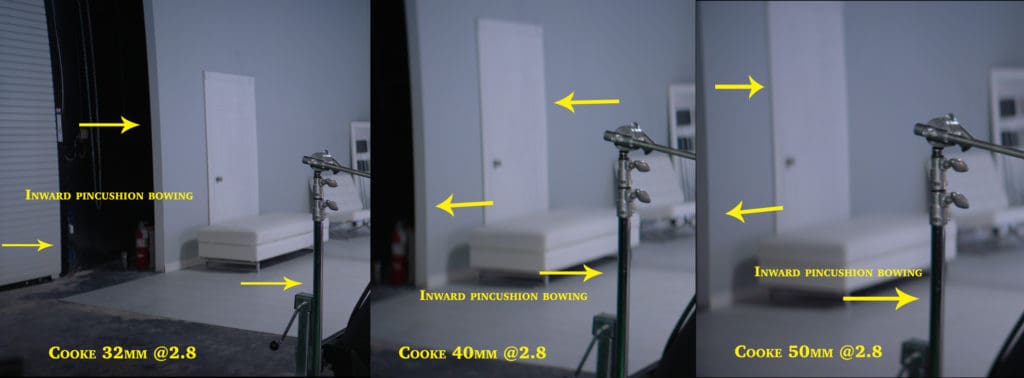
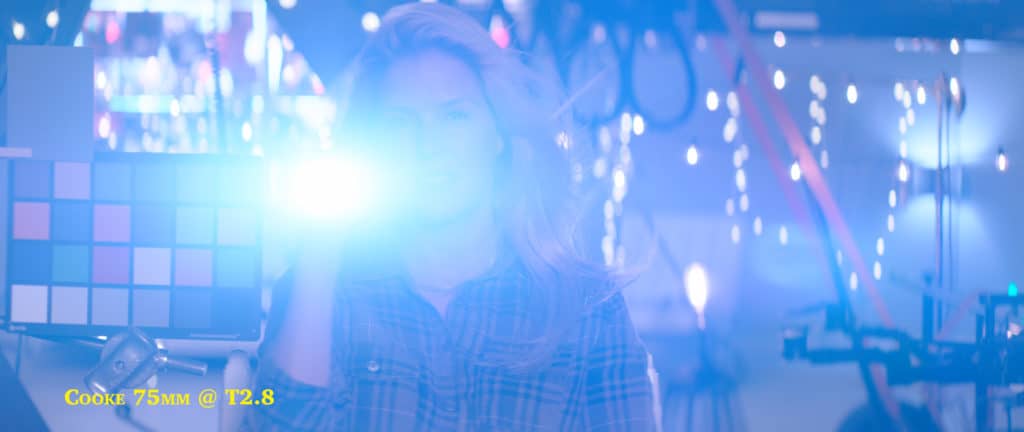
Our impression:
These lenses are great when you need lots of contrast and very sharp focus and when your commercial client is scared to go full Anamorphic. The inward bowing of the sides seemed strange and not pleasing to us. The lenses have lost some of the look of that “classic” Anamorphic feeling. We did not mind the inconsistent bokeh as all Anamorphics have their quirks. We also liked the edges of the image falling out of focus.
Vantage Hawk C-Series
35mm T2.2
50mm T2.2
75mm T2.3
100mm T3
These are the first Anamorphic’s developed by Vantage in the 1980’s and 90’s. They are based off of Lomo Anamorphic design and developed by Vantage in Germany. The 35mm was specifically made for the Indian market. There are many Lomo/Hawk copies in the wild stating they are Hawks but are really just pure rehoused Lomo’s. Serial numbers have to be verified with Vantage to make sure they are authentic Hawks. The lenses are heavy and they all require support except the 50mm (the lenses comes with built-in support but we found it is not needed on the 50mm). The lens barrel rotates and extends as you focus so using a clip-on matte box is impossible. The lens gears also move in and out so your wireless focus or manual focus needs to have extra wide gears attached to them or you won’t be able to fully focus them. Mechanics and housing are very nice. 2x squeeze.
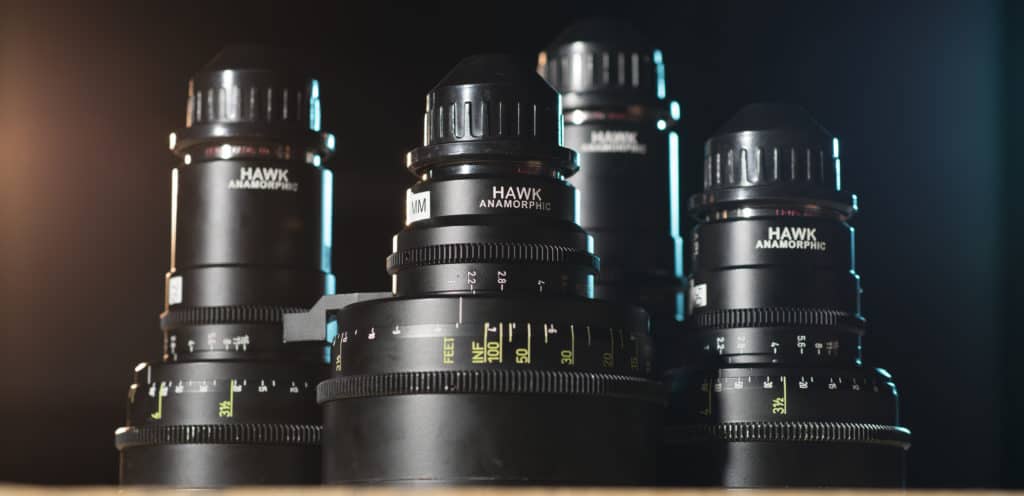
What you’ll see:
A little more contrast than older Anamorphics. The wide end of the set (35mm) has a bit more outward bowing than the other sets we compared. A lot of focus fall off through all focal lengths.
Good, correct 2x squeeze. Flares are really nice; very classic. The 100mm did not have much of a classic horizontal flare. Stopped down a little bit past wide open to be very sharp and above T3 on the 35mm to be acceptably sharp. Noticeable breathing when rack focusing.
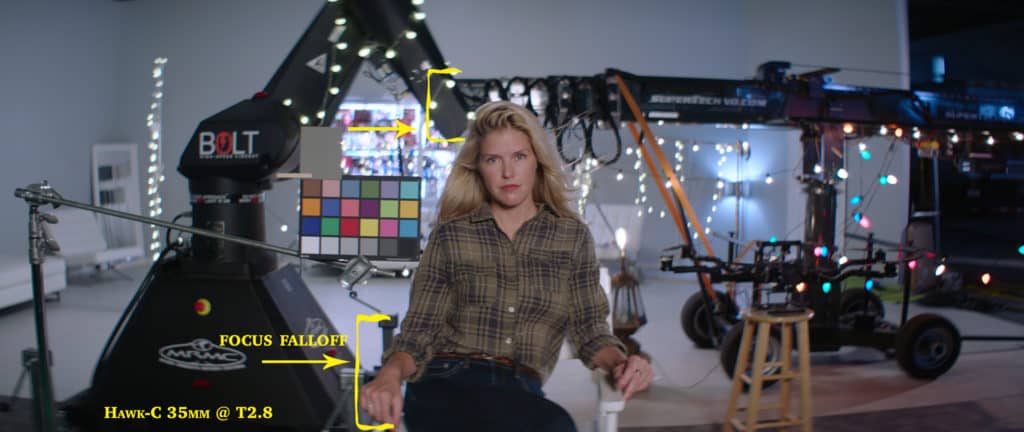
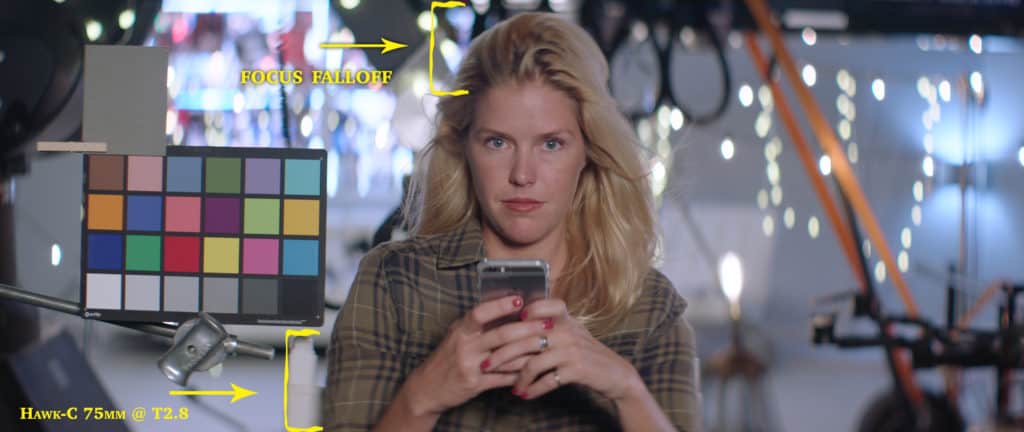
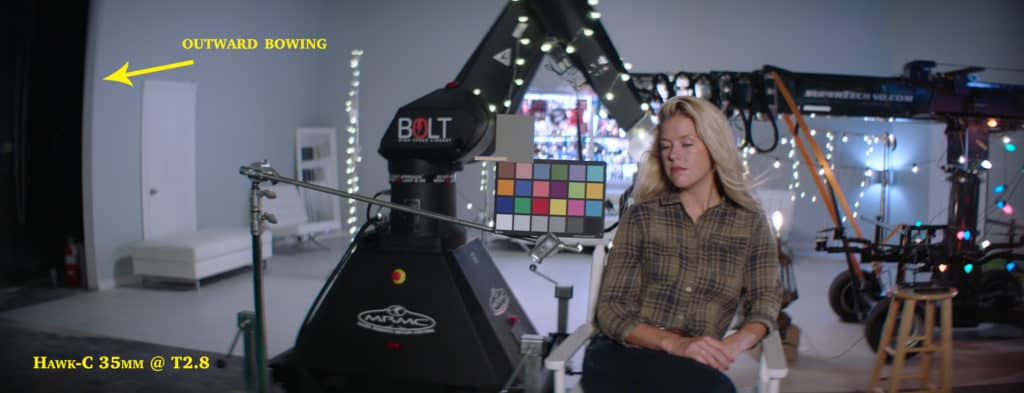
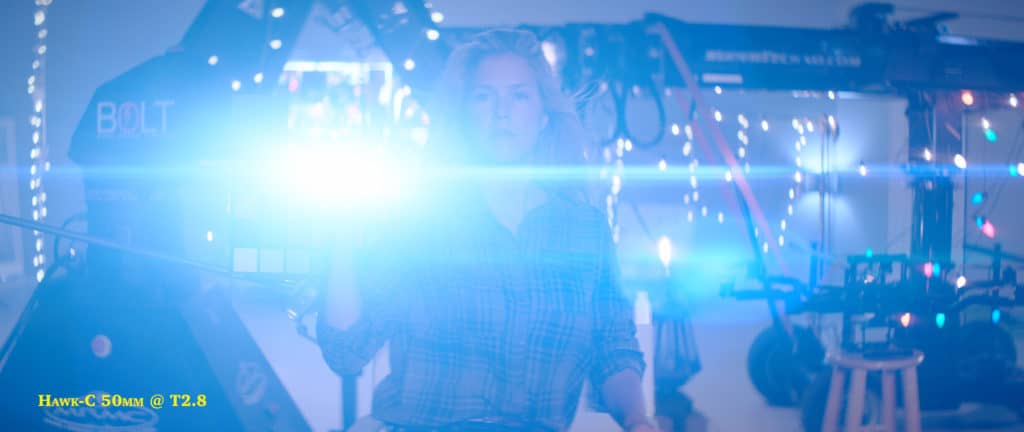
Our impression:
A good mix of old and modern Anamorphic feel. We wouldn’t mind shooting wide open with this set. Nice and contrasty if you like that sort of thing and don’t want to deal with contrast in post. Focus fall off/defocused on on the edges on all the lenses (a little more on the 35mm). The focus gears and the lens rotating may pose a challenge if you’re not set up for that kind of thing. If you don’t want to go full modern but still have some of the classic Anamorphic look and can deal with the mechanics these are great.
Vantage Hawk V-Lite
28mm T2.2
35mm T2.2
55mm T2.2
80mm T2.2
110mm T3
Created in Germany by Vantage from the ground up. These are some of the lightest modern Anamorphic’s you can use, ranging from 4-6 pounds. The housing, engravings, PL mount, and mechanics are all top of the line and as smooth as can be.
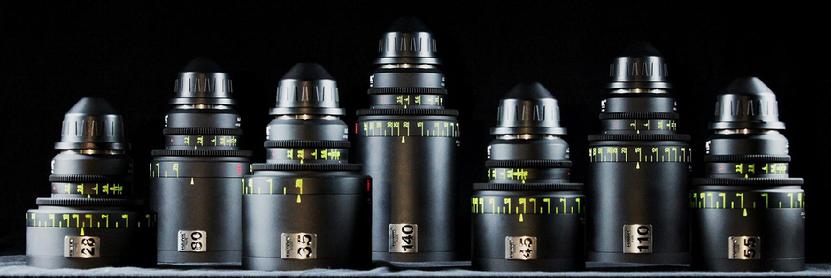
What you’ll see:
Lots of contrast and color fidelity, much cooler image, focus fall off/defocus on the bottom and top of the frame, sharp wide open. Bokeh highlights shaped like a beam at on certain focal lengths. Slight vertical Anamorphic flare but not too pronounced. Breathing when rack focusing and outward bowing of the image. On the 55mm, when pointed at a bright source or window, will start to show internal reflections inside the lens and lights will show up as a reflections or ghosting. The only way I can describe it is if you have an ND filter that has a light leak in your matte box and you start to see reflections and ghosting in the image. Its hard to show a still but you will notice it in the video portion of this comparison. Or if you watch the movie “Moonlight” you will see it.
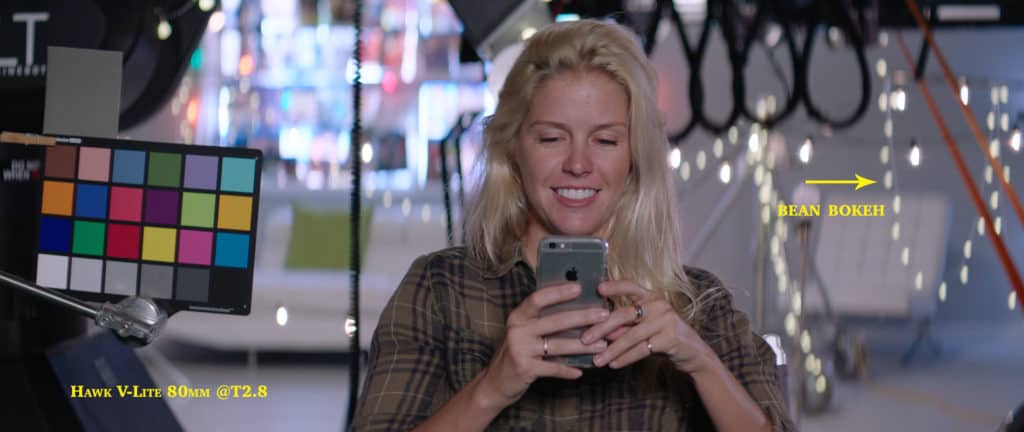
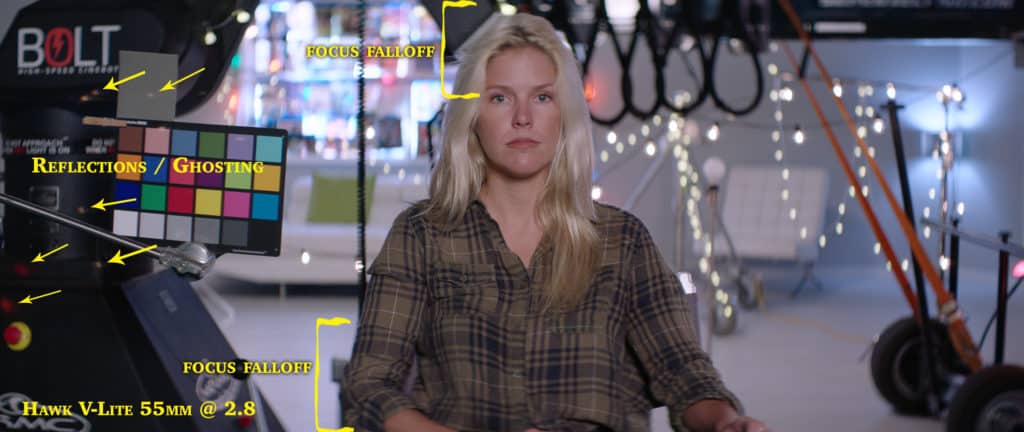
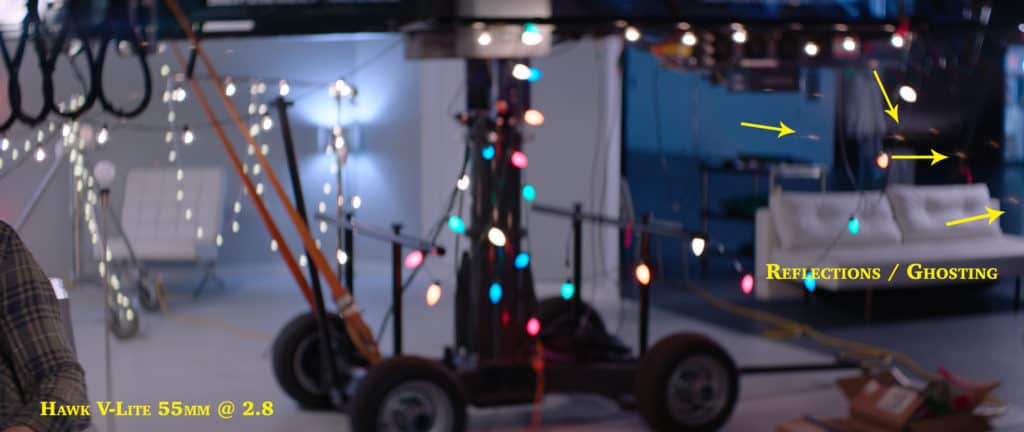
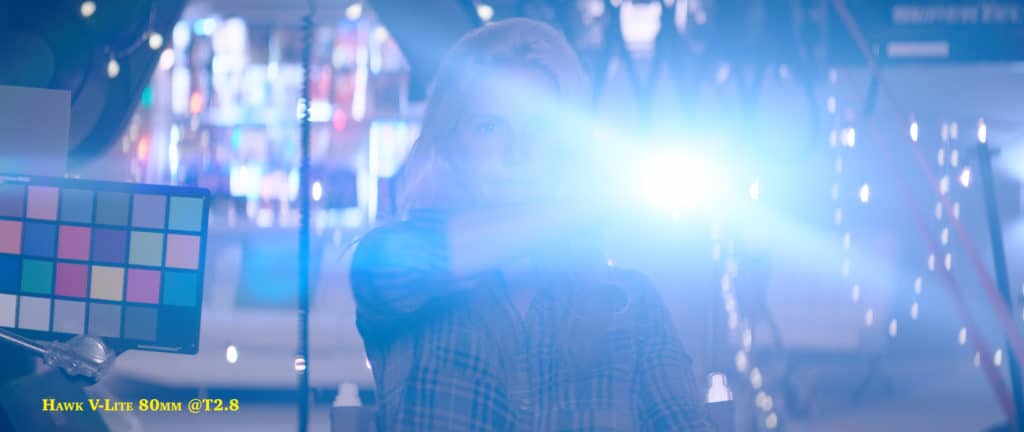
Our impression:
Nice contrasty image with lenses that can be shot wide open. We like the defocused bottom and top of the frame which is more in tune with classic Anamorphic lenses, but with less flare. This would be a good set to use if your client does not want to go full Anamorphic but retain some of the classic Anamorphic properties. We did think it was strange that such a high end set of lenses, and quite possibly the most expensive (if you can convince Vantage to sell you a set), had the weird ghosting/reflection thing going on with the 55mm. This would make shooting against windows, bright sources, and lights challenging if you don’t like that sort of artifact. Or you can chalk it up to Anamorphic “quirkiness”.
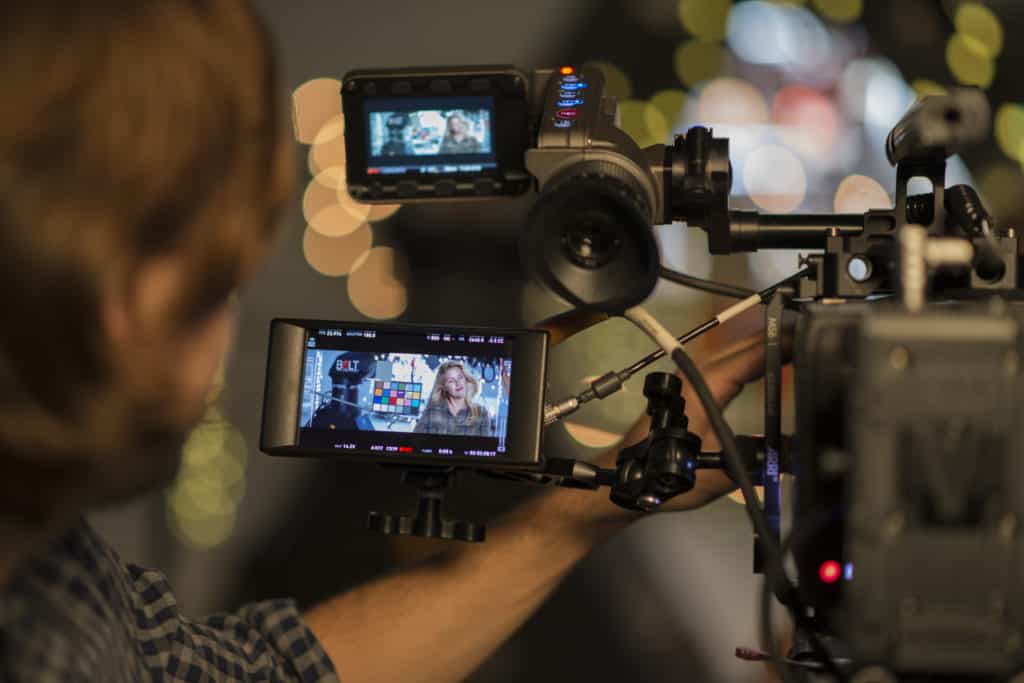
Conclusion
When deciding on shooting Anamorphic, after your script, art direction, lighting etc. is in place, it’s not as simple as just picking any set. They all give different and sometimes drastically different looks compared to each other. One common thing we did see was quite a bit of breathing on all lens sets except the Optimo zoom; also some sets seemed brighter and some darker even though they were all set at the same T-Stop. Hopefully this comparison gives some insight into some of the more popular Anamorphic lenses being used. It’s also important to always test everything because all vintage sets are not the same. It’s important to find out when they have been serviced and to test them out before renting them to make sure the set is going to be useful. We think that some of the newer Anamorphic Lenses being made and future lenses to be made are losing the magic that the old school sets used to have. Anamorphics were originally made to gain the most resolution out of a film negative. Now with digital cameras, that reason is no more, so as of now Anamorphic lenses are used solely for their look and style, not gaining resolution in the digital format. For this reason, it’s important that we ask our lens makers to stay in touch with the classic Anamorphic look so we can enjoy lenses with modern mechanics and the true old school look. My brother and I enjoy using classic Anamorphic because in the world of high resolution, sharp and clean cameras, the Anamorphics give a bit of texture and feeling to the image. In our opinion the only Anamorphic maker to date that we feel is doing it right is Panavison.
Credits
Thank you to VER and Hernan Herera for getting us some of the lens sets. Robot Studios in Hollywood, Florida for letting us use their facilities and equipment as props.
Comparison by Martin & Oscar
Written by : Martin Ubilluz
Edited by : Roberto Garcia
Contribution from : Stephen Gelb
Lens Photography : Chris Kennedy
AC – Patrick Luis – Pierre
AC – Daniel Skinner
Props – Kevin Muñoz
Props – Yadaly Paez
Model: Axi Mines
